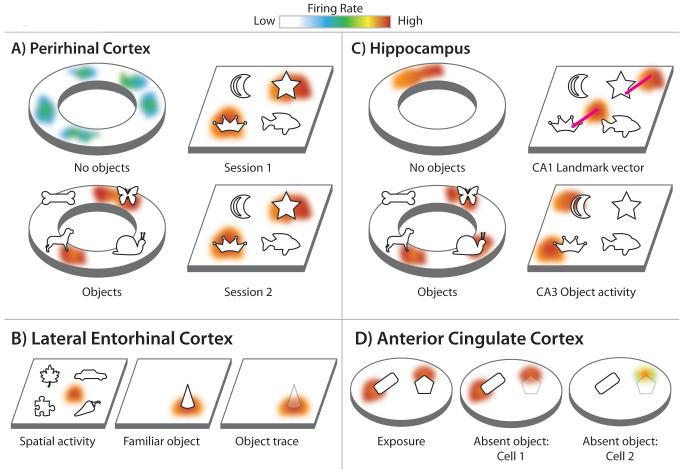Figure 4. Single-unit activity associated with 3-dimensional object representation in perirhinal cortex, lateral entorhinal cortex, hippocampus and anterior cingulate cortex.
(A) A schematic example of PRC principal cell spiking activity recorded when rats traverse an empty track (top left panel) and a track that contains 3-dimensional objects (bottom left panel). When a rat traverses an empty track, a portion of PRC neurons show dispersed low levels of spiking activity around the track (top left panel). When 3-dimensional objects are added to the track (bottom left panel) many of the cells that had previously shown non-selective activity on the empty track begin to fire at the locations near objects (Burke et al., 2014). Similar spiking of PRC principal cells near the locations of objects (top and bottom right panels) is observed when rats randomly forage in an open arena containing objects (Deshmukh et al., 2012). (B) Schematic examples of LEC activity related to 3-dimensional objects. Unlike the PRC, during exploration of an arena containing objects, a portion of neurons in the LEC show punctate firing fields not near the locations of objects (left panel). This spatial selectivity of LEC neurons is not observed in environments without objects (Deshmukh et al., 2012). LEC principal cells also fire at object locations (middle panel; Deshmukh et al., 2012; Tsao et al., 2013), and a portion of these cells show “object trace” activity by continuing to fire even after the object has been removed (right panel; Tsao et al., 2013). (C) Schematic examples of hippocampal CA1 principal cell activity related to 3-dimensional objects. When a rat traverses an empty track hippocampal neurons show spatially-selective receptive fields referred to as the cell’s place field (top left panel). When objects are added to the track principal neurons in distal CA1 have a higher probability of expressing multiple place fields near object locations and the size of the receptive fields is smaller (bottom left panel; Burke et al., 2011a). In an open arena containing objects, CA1 place fields will also show activity at a fixed distance and orientation from objects (indicated by the magenta line), referred to as landmark vector activity (top right panel). In CA3, object-related activity is more likely to be near the location of objects than at a fixed distance away (bottom right panel’ Deshmukh and Knierim, 2013). (D) Schematic example of ACC principal cell activity during object exploration in a circular arena. While mice are being familiarized with objects, ACC spiking can be observed near object locations (Weible et al., 2009, 2012; left panel). After a delay, a portion of ACC neurons will show “absent object” activity either by continuing to fire at both the present object and the removed object locations (middle panel), or by only firing at the location of the removed object (right panel; Weible et al., 2012).

